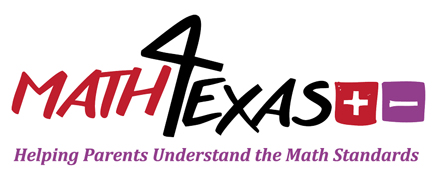T.I.P.S.
-
 Students must be able to draw conclusions and make predictions based on the information given in a bar graph or pictograph. Conclusions may be inferred, numerical, written, or comparative. Predictions may be based on patterns within the data, show future trends, or compare sets of data.
Students must be able to draw conclusions and make predictions based on the information given in a bar graph or pictograph. Conclusions may be inferred, numerical, written, or comparative. Predictions may be based on patterns within the data, show future trends, or compare sets of data.
Example
-
The graph below shows the number of sunny days and rainy days in a city during four months.a) Which months had more sunny days than rainy days?
b) How many sunny days occurred in March?
c) Which month had the fewest rainy days?
d) How many rainy days were in May?
e) When it rains, the PE teacher must take classes to the gym for PE instead of going outside. Based on the graph, which month would the PE teacher need to plan more indoor activities for next year?
Digital Tools
-
Click on the following links for interactive games.
Resources
-
Click on the following links for more information.
TEKS
-
2.10 Data analysis. The student applies mathematical process standards to organize data to make it useful for interpreting information and solving problems. The student is expected to:(D) draw conclusions and make predictions from information in a graph





 Click
Click 

